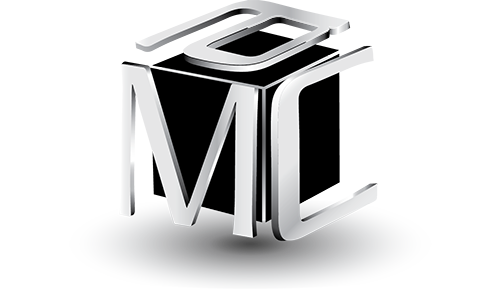
Through People


Basing Talent Management Practices on Purported Generational Differences Are Not Effective
I’ve never been a fan of generational stereotyping – from Morris Massey’s frenetic exhortations on “What You Are Is Where You Were When” to the current media hype on Millennials, Xers and Boomers. The stuff maybe somewhat entertaining but offers very little value, if not outright damage, as guidance in the world of work. For one thing, reinforcing attribution errors and the human tendency to create “in” and “out” groups is not an honorable pastime (see The Degrading and Useless Practice of Generational Stereotyping). More importantly, there is a growing mountain of research that finds that generational stereotypes fail to hold up to scrutiny.
Different age groups in the workplace are more alike on attitudes, aptitudes, expectations and interests than we have been led to believe.
It’s time we ignored the hype and paid more attention to what all organizations need to do to stay ahead of rapidly evolving and disruptive business models. This requires that we leverage the evidence on what really works and intentionally retool the experience that any worker, of any age, wants from work. For example . . . Redefine What Success Looks Like. The glossary of skills that are needed for success in any organization are known. However, the importance of the skills to a specific enterprise depends on the organization’s strategy and business model. As strategy changes, the critical knowledge, skill and abilities demanded by the strategy must change. Retool Your Approach to Learning. Standardized classroom training alone is no longer able to keep up with modern work and workers. All learning must be connected directly to the learners work and must be “mass personalized”, matched to the individual learner’s needs and not “one-size fits all”. Development strategies must also be matched to the capability and potential of talent (which is unrelated to age). Rethink Careers. A modern career no longer entails moving up through a series of titles in single department. To match the demands of today’s work, careers require workers to move among a variety of challenging assignments, projects or roles and to intentionally learn from the experience. It’s the best way to create the agility organization’s need to move quickly . . . and to retain top talent. Careers are more about building internal and external networks, contributing widely to others’ success and curating experiences than moving “up the ladder”. Move Beyond Engagement. Employee engagement continues to be important. It arises from linking the work of all employees to a greater good/vision/strategy, investing in learning and development, sharing information and decision-making widely, building collaboration and teamwork everywhere, and establishing and living a meaningful set of core values. Nevertheless, organizational culture is a leading indicator of organization performance and includes factors broader than those that drive engagement. For example, a high-impact culture (as perceived by employees) also exhibits characteristics such as the consistency and ease in the how things get accomplished and how effectively the company adapts to the marketplace, learns and creates change. (Interestingly, research by the IBM Institute for Business Value found that employees of all ages see the latter factor of adaptability to be a common organization gap.)]]>